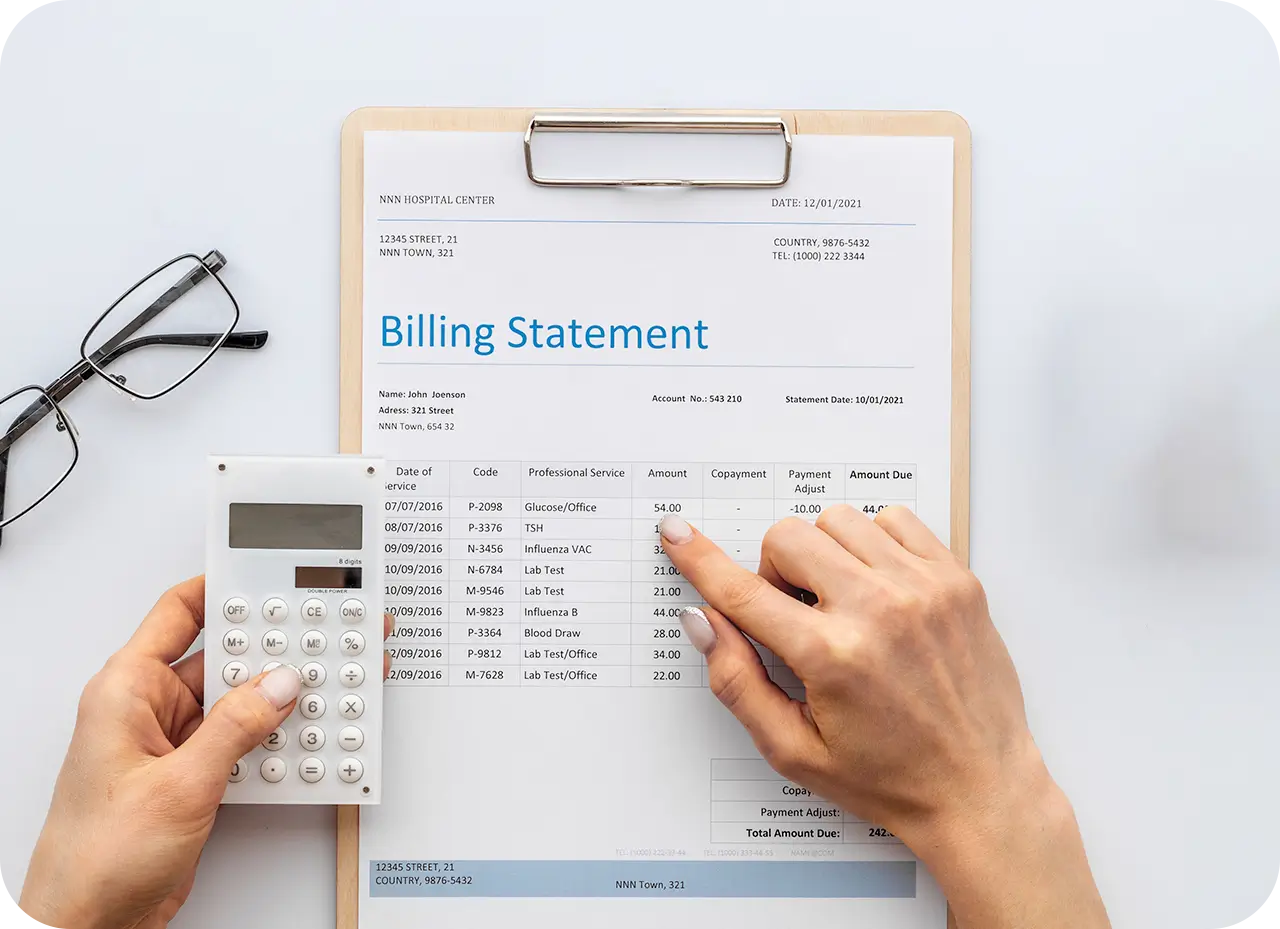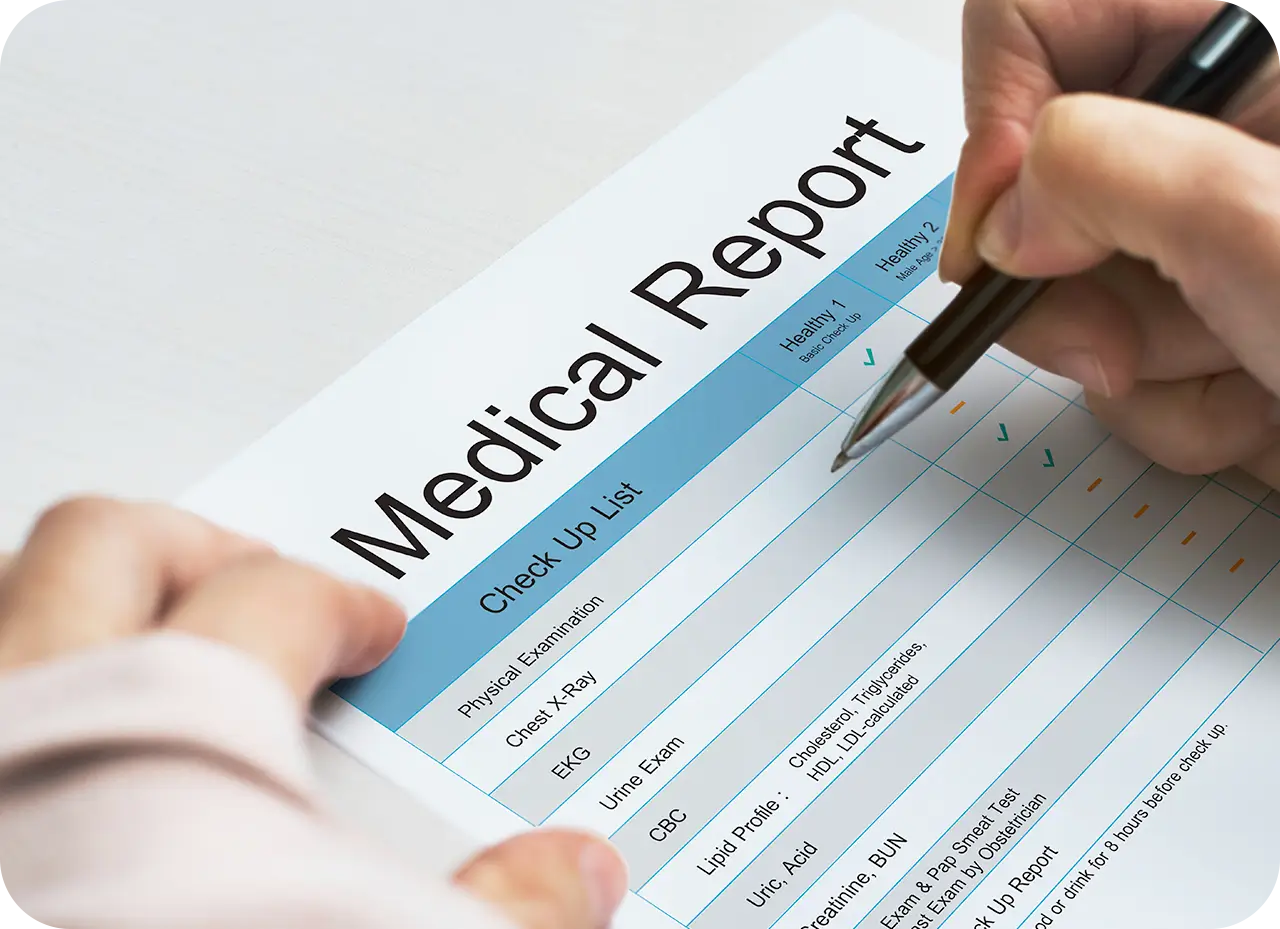Most people don't really think about cleaning their ears until something goes wrong. For many, ear wax buildup can lead to discomfort, hearing issues, or even infections. In this article, we'll walk you through different ways to clean your ears and what it might cost, so you’ve got all the info you need. Let’s dive in!
What Is Ear Cleaning?
Ear cleaning refers to the removal of excess ear wax (cerumen) from the ear canal. While ear wax serves a protective role, trapping dust and other foreign particles, too much wax can lead to blockages, discomfort, and even hearing loss. Ear cleaning can be done in several ways, ranging from simple home remedies to professional services. The goal is to ensure that the ear remains healthy and free from excess wax buildup, which could otherwise lead to ear infections or damage to the ear canal.
Is Professional Ear Cleaning Worth It?
When it comes to ear cleaning, many people question whether professional services are worth the cost. Professional ear cleaning is typically carried out by a doctor, audiologist, or a specialist trained in safe ear wax removal.
Advantages of Professional Ear Cleaning
-
Safety: Professional cleaners have the knowledge and equipment to remove ear wax safely. Improper ear cleaning at home, such as using cotton swabs, can push the wax further into the ear, leading to impaction or injury.
-
Thoroughness: Professionals have specialized tools like microscopes or suction devices to ensure all ear wax is removed effectively. In cases of severe buildup, they can ensure that no damage is done to the ear canal or eardrum.
-
Expertise: If you have any concerns, such as ear infections or underlying conditions, a professional can assess and treat these issues alongside ear wax removal.
Disadvantages
-
Cost: Professional services can be expensive, especially without insurance coverage.
-
Convenience: Scheduling an appointment and going to a clinic may not be as convenient as at-home options.
In general, if you have persistent ear wax buildup or if you’ve had issues with your ears in the past, professional cleaning is a good investment.

How Much Does It Cost to Have Your Ears Cleaned?
The cost of professional ear cleaning can vary quite a bit depending on a few factors, such as where you live, the type of service you choose, and who performs the cleaning. Here’s a breakdown of what you can expect in terms of pricing:
Doctor’s Office or General Practitioner (GP)
If you decide to visit a doctor or general practitioner for ear cleaning, the cost typically falls within the range of $75 to $150 in the U.S. This is the most common option for those who want to ensure the cleaning is done by a licensed healthcare professional. It’s worth noting that this price may be higher if the doctor needs to perform additional tests or if there are complications like ear infections or impacted wax that need to be treated.
Audiologists
An audiologist is a healthcare professional who specializes in hearing and balance issues, and they often perform ear cleaning as part of their services. The cost at an audiologist’s office can range from $100 to $250 depending on the method used and the complexity of the cleaning. Audiologists use specialized equipment, such as suction devices or microscopes, to safely remove ear wax without causing damage to the ear canal or eardrum.
Ear Clinics or Specialized Ear Care Centers
There are also clinics that specialize in ear care and wax removal, and they typically offer more affordable options. You might expect to pay anywhere from $50 to $150 for a cleaning, depending on the clinic’s location and reputation. These specialized centers focus solely on ear health and are staffed by professionals who know how to deal with difficult ear wax removal cases.
Urgent Care Centers
Some urgent care centers also offer ear cleaning services, and the cost here usually falls between $100 and $200. While urgent care centers are often more affordable than private clinics or specialized centers, they might not provide the same level of expertise or specialized equipment, so it’s important to choose wisely if you go this route.
Additional Fees
Keep in mind that in some cases, there could be extra charges, such as:
-
Consultation Fees: Some doctors or audiologists might charge an initial consultation fee, which could add an extra $50 to $100 to the overall cost.
-
Follow-Up Appointments: If you have ongoing issues or need additional treatments, there might be additional charges for follow-up visits.
-
Treatment for Infections or Other Conditions: If ear wax removal reveals an underlying issue, like an infection or injury, treatment for that condition will typically incur an extra cost.
Factors That Influence Cost
-
Location: Urban areas or high-cost-of-living cities tend to have higher prices for ear cleaning services. If you're in a major metropolitan area, expect to pay on the higher end of the scale.
-
Type of Service: If your ear wax is impacted and requires more time or specialized tools to remove, the cost will increase.
-
Insurance Coverage: If ear cleaning is medically necessary (e.g., due to an infection or hearing loss), your insurance may cover the cost. Otherwise, you’ll likely pay out-of-pocket. It’s always a good idea to check with your insurance provider before booking an appointment to see if you’re eligible for any coverage.
In general, while the price of professional ear cleaning can be steep, it’s often worth it for the peace of mind and safety that comes with having a trained professional handle the process. If you’re dealing with severe ear wax buildup or discomfort, seeing a doctor or audiologist is likely the best course of action.
Related: Do Ear Cleaning Kits Work? Everything You Should Know
Will Insurance Pay for Ear Cleaning?
Ear cleaning is often considered an elective or preventative treatment, which means that it may not be covered by insurance unless there is a medical reason for the procedure.
Insurance Coverage
-
Medicare: In the U.S., Medicare typically does not cover routine ear cleaning. However, if ear wax removal is necessary due to a medical condition (such as hearing loss or an infection), it may be covered.
-
Private Insurance: Coverage can vary widely. Some insurance plans may cover ear cleaning if it is deemed medically necessary. It's a good idea to check with your insurance provider beforehand to understand your coverage options.
-
HSA/FSA: If your insurance doesn’t cover ear cleaning, you may still be able to use your Health Savings Account (HSA) or Flexible Spending Account (FSA) to pay for ear wax removal services.
If ear wax buildup is affecting your hearing or causing discomfort, you should speak with your healthcare provider to determine whether it can be covered under your insurance plan.
How to Remove Ear Wax at Home?
If you want to clean your ears at home, there are several safe and easy methods to try. Here’s a quick guide:
1. Ear Drops
Ear drops help soften wax for easy removal. They're available over-the-counter.
-
How to Use: Tilt your head, put a few drops in, wait 10-15 minutes, then tilt your head the other way to let it drain out. Rinse with warm water.
2. Ear Irrigation (Syringe Method)
Once the wax is softened, you can use a bulb syringe filled with warm water to flush out the wax.
-
How to Use: Tilt your head over a sink, gently squeeze the syringe into your ear, and let the water drain out.
3. Hydrogen Peroxide
Hydrogen peroxide can help break down ear wax.
-
How to Use: Mix equal parts of hydrogen peroxide and water. Put a few drops in, let it bubble for a few minutes, then drain and rinse with warm water.
4. Olive Oil or Mineral Oil
These oils soften the wax naturally.
-
How to Use: Warm the oil slightly, put a few drops in your ear, leave it for 10-15 minutes, then let it drain out.
5. Bebird Ear Wax Cleaning Tool
A modern, safe option is using a Bebird ear cleaning tool, which has a small camera to help you see inside your ear and safely remove wax.
-
How to Use: Attach the tool to your phone, gently insert it into your ear, and carefully remove visible wax.
6. Avoid Cotton Swabs
Cotton swabs can push wax deeper into the ear, causing more problems. It’s best to avoid them.
Tips for Safe Cleaning
-
Don’t over-clean your ears; your ears clean themselves naturally.
-
Be gentle—don’t insert objects deeply into your ear.
-
If you experience pain or discomfort, consult a professional.
Cleaning your ears at home can be simple and effective with the right methods, like ear drops or a Bebird tool. Just be careful and avoid anything that might push the wax deeper.
Conclusion
Overall, the cost of ear cleaning can vary depending on the location, level of professionalism, and the tools used. Professional ear cleaning by a doctor tends to be more expensive, while at-home methods are generally more affordable. Using products like Bebird's ear wax removal tools, which feature an ear camera, offers a convenient and precise option for home cleaning, typically at a lower cost than professional services. Regardless of the method, ensuring ear health and safety is the most important factor.









Leave a comment
All comments are moderated before being published.
This site is protected by hCaptcha and the hCaptcha Privacy Policy and Terms of Service apply.